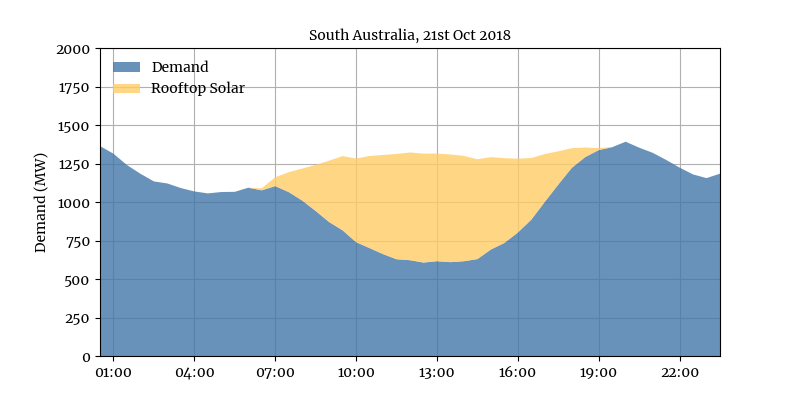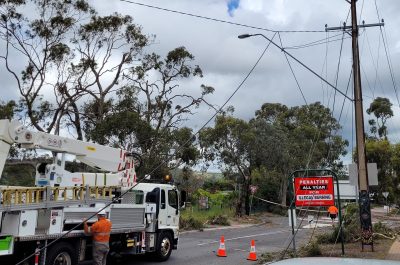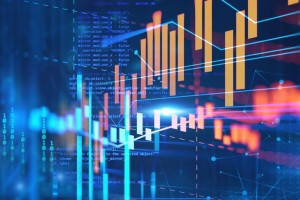Solar export limits? Managing our solar future
The last fortnight has seen extensive media coverage about an emerging solar power dilemma – too much small scale solar and storage ineffectively channelled into the grid causing what Energy Security Board Chair Kerry Schott described at the recent AFR Energy Summit as ‘anarchy’. Energy Networks Australia CEO Andrew Dillon was also quoted confirming there were technical challenges in some areas, leading to the need to curtail customers’ solar systems from exporting energy into the system in some cases.
Solar is growing rapidly across the country. It is a priority for the network sector to keep pace with the ever increasing numbers of solar homeowners wanting to connect and export surplus energy back into the grid. The chart below shows how solar hollowed out demand in the middle of the day in South Australia on Sunday.

Source: Dylan McConnell, Climate and Energy College.
While the growth of renewable energy is positive, the growth in solar means more electricity is being injected back into the grid than ever before. The engineering reality is the grid’s initial design did not account for the possibility of a multi-way flow of energy within the distribution system, and the record uptake of subsidised rooftop solar power and storage into homes and businesses is requiring the industry to rapidly adapt and modernise.
Open Energy Networks, Energy Networks Australia’s joint project with the Australian Energy Market Operator (AEMO), is taking a lead role in this adaption by redesigning the management of Distributed Energy Resources (DER).
Distribution networks have historically been passive in their participation in the marketplace, quietly getting on with the job of delivering safe, reliable power. However, the increased numbers of Australians looking to use the grid to leverage extra value and secure revenue from their solar and storage investments means this approach has had to change.
What will never change is the need for a physical network to provide a safe, reliable and affordable energy platform for all customers. This means future distribution networks will arguably be more vital than ever.
To deliver what customers want, we need an open, secure, interconnected electricity network that joins distributed energy resources and market participants to provide value for all customers. Grid and customer-sited devices (like smart meters and smart solar inverters) must be able to communicate in ways that promote efficient data transfer and device interoperability and new tools are needed that enable informed, real-time, data-based decision making. We must be able to receive, store, organise and analyse data, while ensuring there are adequate cyber security measures in place.
In short, the distributed energy resources connected to the distribution network will need to be coordinated and optimised across the wider ‘system’ – and Open Energy Networks is examining how best to do this. During recent workshops with key industry stakeholders, this transition was examined by testing three model frameworks to assist in the establishment of functional specifications. These specifications will allow us to determine the best pathway to a future Distribution System Operator – the local trading platforms of the future. More importantly, they will illustrate the key first ‘least regret’ actions that will be required regardless of the model chosen to enable networks to better integrate and optimise distributed energy resources.
The ability for networks to access high quality, timely and detailed data is important to aid operation and planning that takes account of intermittent distributed energy generation and demand response. Access to this data will also provide improved forecasting accuracy and allow networks to highlight constraints to the market that will contribute to more efficient integration of renewable energy to the grid. The analysis of quality data from across the network can lead to real-time visibility and analysis and predictive analytics to improve generation planning and load forecasting and address intermittency issues.
There are three key issues that we need to resolve to enable a distributed energy future:
- Ensuring information about the grid and market opportunities is known not only to networks and the system operator, but to all relevant stakeholders, especially energy customers, in the timeframes required. The availability of information will be enabled through the additional layers of monitoring, control and interoperability described above.
- Allowance for customer’s devices to be aggregated in such a way that system operators can interact with multitudes of households and devices simultaneously, and
- Ensuring customers are incentivised to allow third parties to optimise off their resources.
This transition represents the most significant change to Australia’s electricity distribution networks in decades. The cross-industry Open Energy Networks project is ideally placed to help stakeholders right across the energy sector work together to make sense of the current landscape, project our future needs and develop targeted plans to make the transition a success for all our customers.



